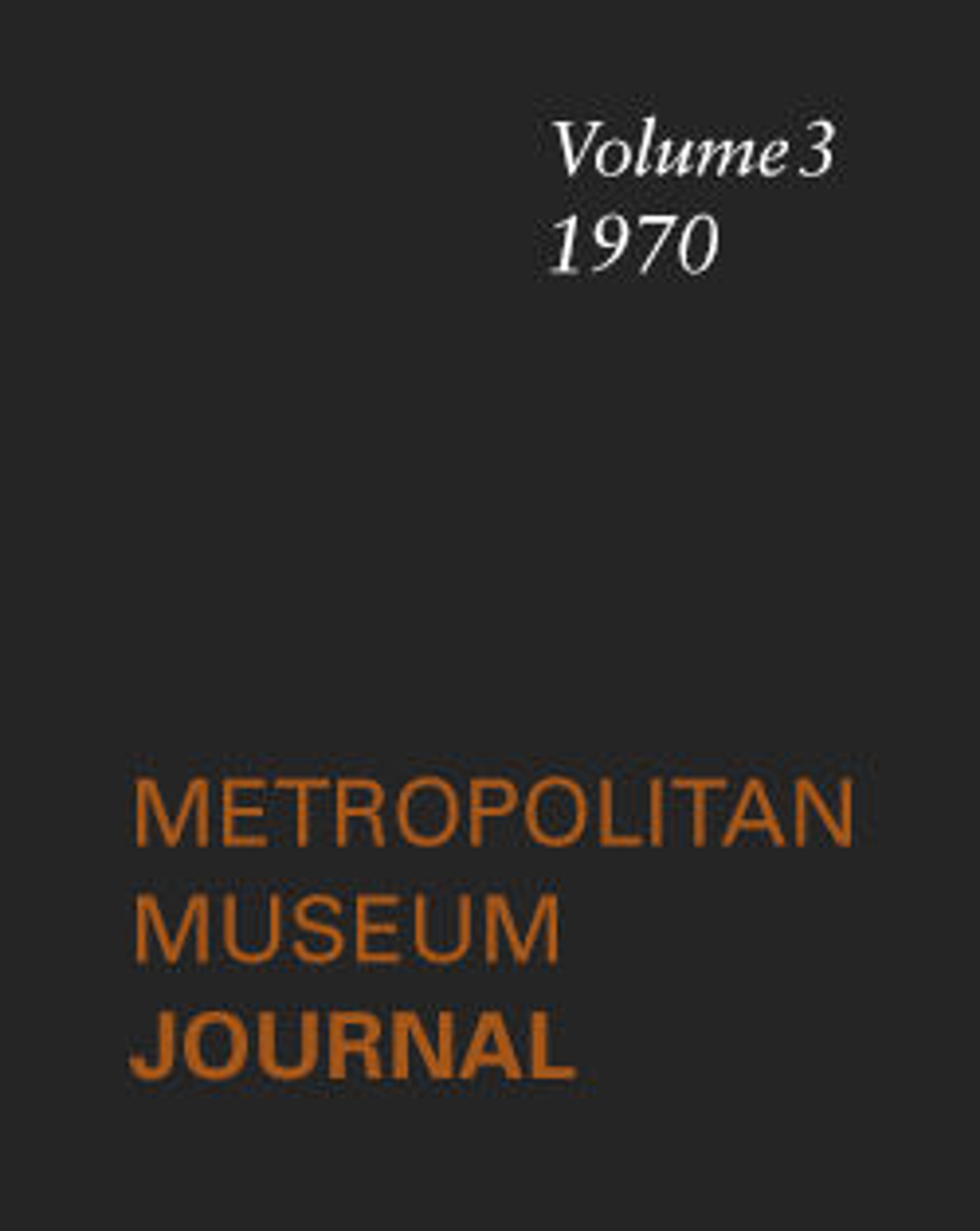Ewer with Calligraphic Band
Traces of silver in the incisions of the calligraphic bands make this ewer one of the earliest examples of the twelfth-century development of metalwork inlay that took place in eastern Iran and Afghanistan. The inscriptions convey good wishes in Arabic for the owner.
Artwork Details
- Title: Ewer with Calligraphic Band
- Date: 12th century
- Geography: Attributed to Iran
- Medium: Bronze; cast relief, engraved, inlaid with silver
- Dimensions: Gr. H. 11 5/8 in. (29.52 cm)
Diam. 7 3/8 in. (18.7 cm) - Classification: Metal
- Credit Line: Purchase, Frederick P. Huntley Bequest, 1959
- Object Number: 59.53
- Curatorial Department: Islamic Art
More Artwork
Research Resources
The Met provides unparalleled resources for research and welcomes an international community of students and scholars. The Met's Open Access API is where creators and researchers can connect to the The Met collection. Open Access data and public domain images are available for unrestricted commercial and noncommercial use without permission or fee.
To request images under copyright and other restrictions, please use this Image Request form.
Feedback
We continue to research and examine historical and cultural context for objects in The Met collection. If you have comments or questions about this object record, please contact us using the form below. The Museum looks forward to receiving your comments.
